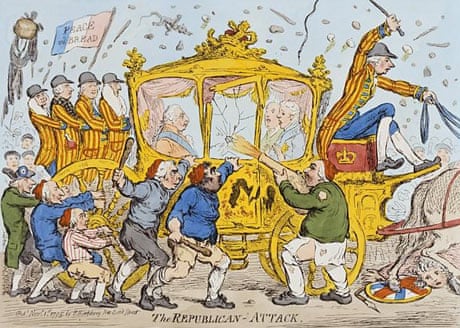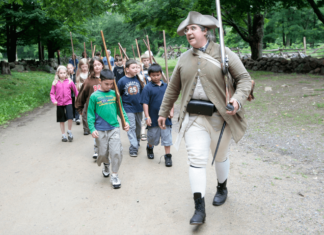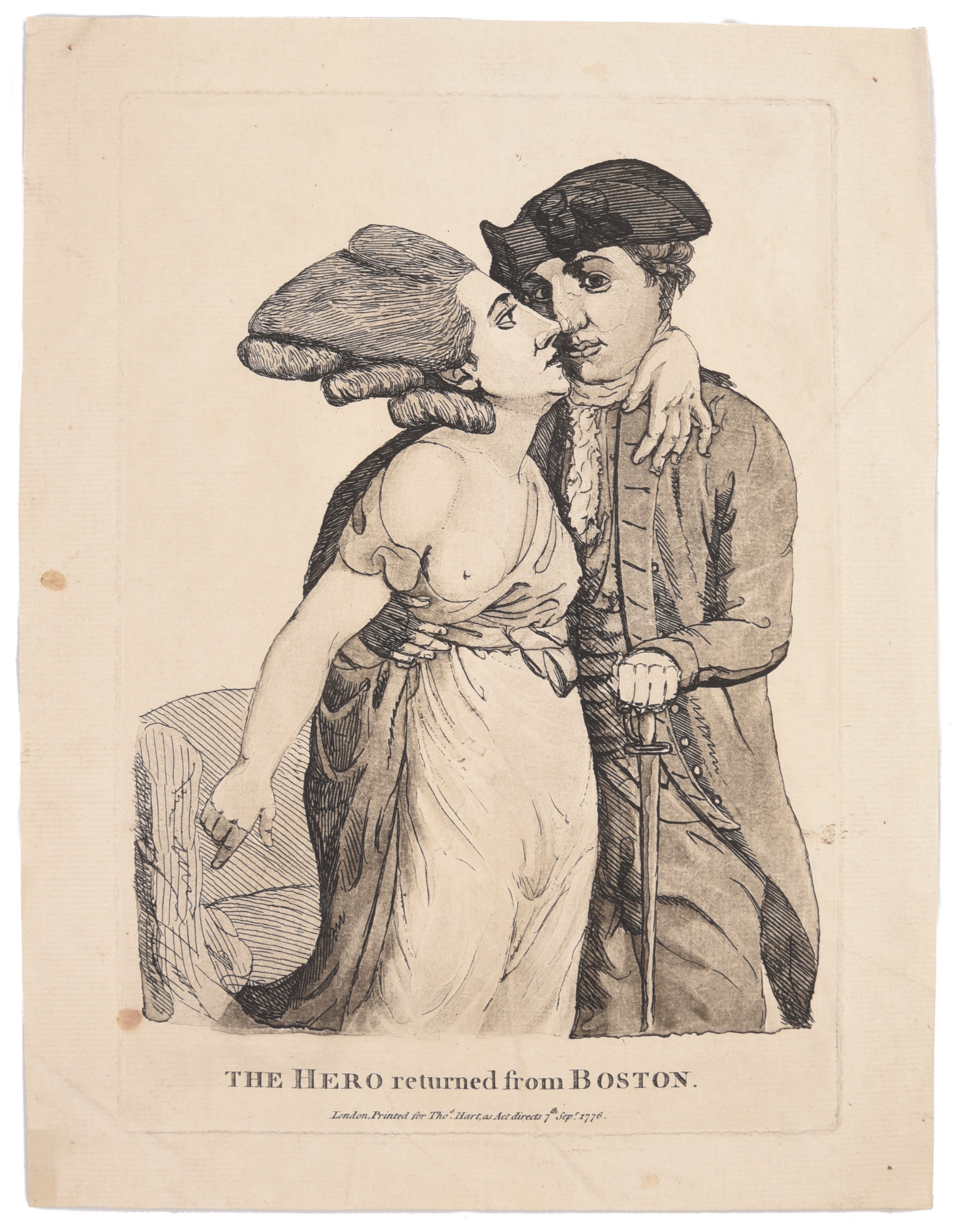“One of the flings of the time upon Mrs. Gage”

Instead, I found a series of authors, mostly American, denying the likelihood of that event and blaming the very idea on carping British army officers.
The earliest example I’ve seen so far is the Rev. Edward Everett Hale in The Memorial History of Boston (1881):
The General said that his confidence had been betrayed, for that he had communicated his design to only one person beside Lord Percy. This is one of the flings of the time upon Mrs. Gage, who was American born. The English officers who disliked Gage were fond of saying that she betrayed his secrets. But in this case, after eight hundred men were embarked for Cambridge, ten Boston men on the Common might well have known it; and the cannon at Concord were a very natural aim.The Rev. Henry Belcher came closest to accepting the idea in The First American Civil War (1911):
Entertainments at Province House, where Madam Gage presided with the social adroitness and tact of a lady of high New Jersey family, were crowded with uniformed men from both fleet and camp. Yet suspicion attended this lady as being not too loyal to her husband’s party and to the King. It was hinted that the Governor was uxorious, and had no secrets from his wife, who passed word to the spies swarming outside.After quoting local merchant John Andrews on officers complaining Gage was “partial to the inhabitants,” Belcher wrote, “The Governor’s partiality is alleged to have been largely due to his wife.” Belcher didn’t make any effort to refute those allegations, but he didn’t explicitly adopt them, either.
In the same year, Allen French’s The Siege of Boston echoed Hale while adding another motive for the officers to spread the rumor—to deny “Yankee shrewdness”:
The student of the time sees in this story a side-thrust at Mrs. Gage, on whom, as an American, the officers were ready to blame the knowledge of secrets which were gained by Yankee shrewdness alone. In this case we have seen that it was Gage that betrayed himself to the eyes of [Paul] Revere’s volunteer watch.Fourteen years later, French wrote in his sesquicentennial The Day of Lexington and Concord:
It has been frequently said that the “one person only” was the general’s wife who told his plans to the Americans. A basis for this conjecture has been seen in the statement in Reverend William Gordon’s “History”, that “a daughter of liberty, unequally yoked in point of politics”, had previously sent warning to Adams in Lexington. But this was not necessarily Mrs. Gage, nor was Stedman’s “one person only” necessarily a woman. No other hint has come down that Mrs. Gage was untrue to her husband’s fortunes. It is wiser to leave such a speculation to those who like romance, and find the true explanation of the discovery of Gage’s plans in more natural causes.Nonetheless, when Esther Forbes wrote Paul Revere and the World He Lived In in 1942, she uncritically repeated a basic premise of the theory, that Thomas Gage had shared his top-secret military plan with Margaret: “Only two people were told the destination of the regulars—Lord Percy and Gage’s own wife.”
In a note, Forbes explained: “The story is that Gage believed it was his American wife who had betrayed him, she being, as an early historian has it, ‘unequally yoked in point of politics’ to her famous husband. This version seems to be gossip started by Gage’s own officers, who did not like him and wanted to throw suspicion upon him and his wife.” She did not, however, cite specific examples.
The story was thus still in the air in 1948 when John R. Alden published General Gage in America. He wrote:
One question which has been posed again and again and which some writers have attempted to answer must be treated here, for it involves the loyalty of Margaret Gage to Britain and to her own husband. It has often been stated that Margaret Gage may have furnished information of the general’s plans for April 19 to the American leaders.Alden provided the strongest counterargument yet, while also acknowledging that Gen. Henry Clinton, whose papers were yet unpublished, had written that Gage was betrayed in some way.
Unless another argument comes to light, the first historian to really point the finger at Mrs. Gage, not just to say that British army officers did so, was David H. Fischer in Paul Revere‘s Ride (1994). Even before that book, however, the idea of Margaret Gage as the Patriots’ source had endured for decades despite no one prominently speaking up for it.
TOMORROW: The curious appeal of a spurious idea.


















